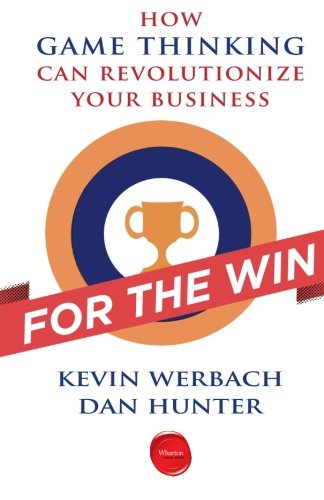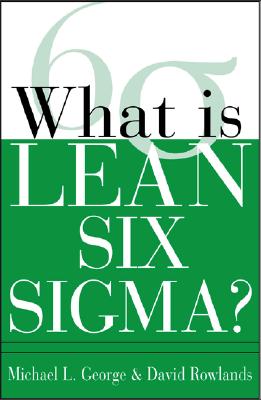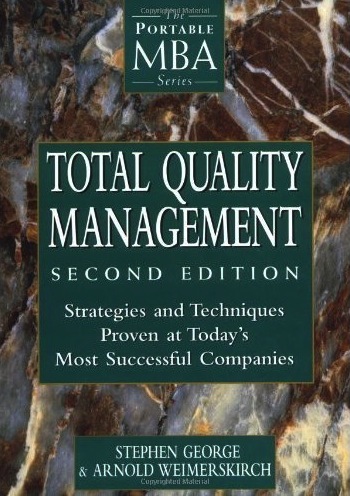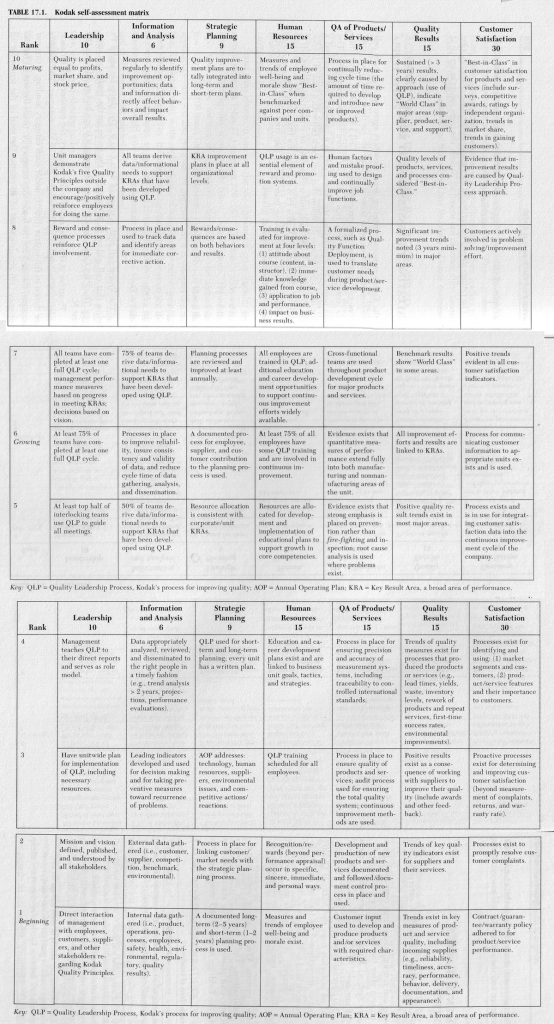Introduction
- People are motivated by well-designed game features
- The game itself is a reward
Gamification: The use of game elements and game-design techniques in non-game contexts.
- Internal Gamification / Enterprise Gamification
- Improve productivity, innovation, etc. within a organization
- Players a part of a defined community
- Motivational dynamics
- Organizational citizenship behavior
- Do it because you want to be a good citizen not because of money
- External Gamification
- Involves Customers / prospects
- Behavior-Change Gamification
- Involves larger undefined groups
- Game Elements
- Objects
- Relationships
- Abstract concepts
- Game-Design Techniques
- „Why should I care about this?“
- New users are maybe discouraged
- Games should be
- Fun
- Addicting
- Challenging
- Emotionally resonant
- Reasons
- Engagement
- People love solving puzzles
- Getting feedback
- Reinforcement
- Engagement leads to iniation
- Engagement
- Organizational citizenship behavior
- Experimentation
- Mastering the game by try and error
- Results
Game Thinking
- What’s in a game?
- It’s voluntary
- Ability to make choices
- Which have effects
- Give a sense of control
- Rules of a game
- New „reality“
- Game Thinking = engaging expierence that motivates desired behavior
- Ask the following questions:
- Why do people use your service in the first place?
- What is their motivation?
- What makes them want to do business with you?
- Can you make it more fun / compelling / interesting?
- Gamers try to win the game
- Try to design a desirable outcome
- Sense of progression is important
- Game itself is a process, a journey
- Choice give a sense of empowerment
- Design goals
- Motivation
- Needed for
- Creative work
- Mundane Tasks
- Behavior changes
- Needed for
- Motivation
- Why do people use your service in the first place?
- Is going to
- Passionate
- Engaged
- Focused
- Provides a
- Measure of meaning
- Meaningful choices
- Player autonomy
- Structure
- Measure (of quality) and respond to action
- Track user’s activities
- Potential Conflicts
- Leaderboards can be harmful if they are in the wrong environment
Why Games Work
- What means motivation
- From latin: serving to move
- Amotivated = indifferent
- Intrinsic = wanting
- Extrinsic = needing
- Cognitivst
- Self-Determination-Theory
- Ext. Environment needs to support internal wishes
- Three factors
- Competence
- Effective dealing with ext. Environment
- E.g. learning to dance
- Effective dealing with ext. Environment
- Competence
- Relatedness
- Interaction with others
- Autonomy
- Control of own life
- => Always focus on building authentic engagement
- Self-Determination-Theory
- Reward can crowd out fun
- See post about Punished by Rewards
- Boring can be engaging
- Extrinsic motivation works on boring dull tasks
- i.e. tasks that are non-intrinsical
- Focus on learning and development instead of competition
- Extrinsic motivation works on boring dull tasks
- Feedback loops
- Should be fast
- Reinforcement of „good“ actions
- FB: near real-time feedback score
- Data from
- Coworkers
- Progress towards goals
- Coaching
- Supervisors
- Data from
- Lessons
- FB should be unexpected + informed
- Increases autonomy
- Increases intrinsic motivation
- Reinforcement should work toward progress
- Metrics will determine actions
- FB should be unexpected + informed
- Different stages of motivation
- External = punishment
- Introjected = „I must …“
- Internalized = „I should …“
- Integrated = „I want to …“
- Intrinsic
Game Elements
- Points, badges and leaderboards (PBLs)
- Basic but not everything
- Points
- To effectively keep score
- „how well am I doing?“
- can define levels, i.e. represents the true „play space“
- To determine the win state
- E.g. to give away a prize
- To connect progression and extrinsic rewards
- X points will give you Y
- To provide feedback
- Quickly & easily
- To externally display progress
- Status
- To provide data to game designers
- Analyzing tasks
- Badges
- Visual representation of some achievement
- Motivational characteristics
- Provide a goal to strive toward => positive effect on motivation
- Provide guidance as to what is possible => engagement
- Signal what user cares about and what they have performed => capability
- Virtual status symbols
- Tribal markers => sense of identity with a group
- To effectively keep score
- Very flexible
- Leaderboards
- Most troublesome
- Can be motivating or demotivating
- Turn of players (zero sum game)
- Usually reduce performance rather than enhance it in business
- Game Elements
- Dynamics
- Constraints
- Emotions: curiosity, competivieness, happiness, etc.
- Narrative: consistent, ongoing storyline
- Progression: player’s growth and development
- Relationships: social interactions generating feelings of camaraderie, status, altruism, etc.
- Dynamics
- Most troublesome
- Mechanics
- Challenges
- Chance: elements of randomness
- Competition
- Cooperation
- Feedback
- Resource Acquisition
- Rewards
- Transactions
- Turns
- Win states
- => combinations, for onboarding (new participants) and interest curves (exp. Players)
- Components
- Achivements
- Avatars
- Badges
- Boss Fights: especially hard challenges
- Collections
- Combat
- Content Unlocking
- Gifting
- Leaderboards
- Levels
- Points
- Questions: predefined challenges with objectives & rewards
- Social Graphs
- Teams
- Virtual Goods
- Hierarchy of all game elements
Six Steps to Gamification
- Design process
- Define business objectives
- Specific performance goals
- List objectives
- Rank them
- Delete means to an end
- Justify objectives
- Define business objectives
- Describe target behaviors
- Which behavior helps achieving your objectives?
- How can you measure these behaviors?
- Describe your players
- Who are they?
- What is their relationship to you?
- What might motivate your players?
- What demotivates them?
- Volition: perceived lack of desire => Engagement
- Faculty: perceived lack of capability => Progression
- How can you segment your players?
- Achievers, explorers, socializers, killers
- See other post
- Achievers, explorers, socializers, killers
- Write a small story of (some) players (basically personas)
- Which Bartle player types are they?
- What are their hopes and fears?
- Their talents?
- Their hobbies?
- Devise activity cycles
- User actions provoke some other activity, which in turn provokes other user actions, etc.
- Engagement loops (Micro)
- What your players do
- Why they do it
- What does the system do?
- Feedback as an important element
- Actions immediately produce visible responses
- Progression stairs (Macro)
- What’s the player’s journey
- Start out simple
- „boss“ villain = major challenges which gives a sense of pride
- Incorporate some randomness
- Small surprises help to escape the hedonic treadmill
- Don’t forget the fun
- Would players participate in the system voluntary if there weren’t any extrinsic rewards?
- Types of fun (Nicole Lazzaro)
- Hard fun = challenge or puzzle
- Easy fun = casual enjoyment
- Experimental fun = trying out new personas and new experiences
- Social fun = interaction with others, even competitive
- Deploy the appropriate tools
- Start picking appropriate mechanics and components
- Then iterate, iterate, iterate
Epic Fails
- Problem: Focus too heavily on the rewards instead oft he experience
- People will go to the limits
- Legal constraints
If nothing else, gamification may make business more fun.








